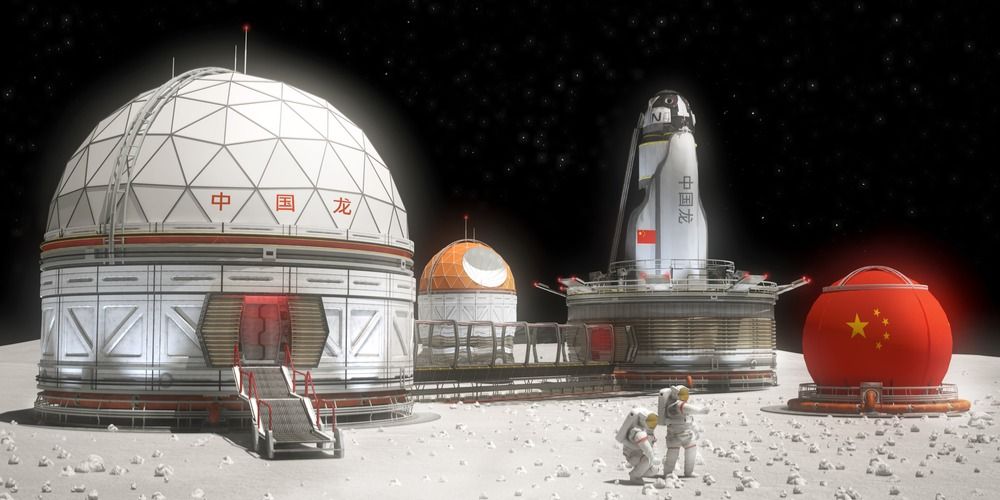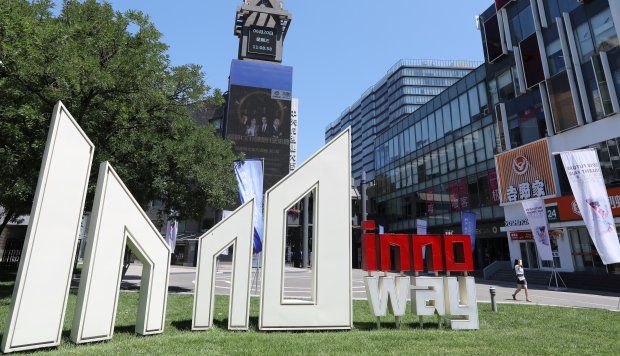A so-called neural network analyzed the medical records of 600,000 hospital patients in China, diagnosing their conditions as accurately as doctors did in some cases.



God” according to Rev Benek is working thru people like me who are pioneers in the AI and uploading field — and I am developing a Zenet interface for artificial death simulating the Khemetic afterlife — not a Judeo-Christian version. Osiris is a key deity in Zenet, and has a special place in Mormonism btw. There are good technical reasons for using Zenet. Objectives for the dead are slightly different than play strategy for the living in Zenet (having already passed over the dangerous waters). It is the Bridge between Worlds perfect for artificial-death, no biblical or koranic account exists how to communicate between living and deceased. “The betterment of mankind” imo involves the Restoration of Ma’at. And the Egyptian afterlife is available to all races (not just chosen people) — “Hour Five is one of the most complex hours within the composition. In the upper registers, the gods are portrayed with a surveying cord, because the deceased are allotted space (in the form of fields) within this hour. The deceased are also allotted time, and hence the gods also carry the body of a serpent and the hieroglyphs meaning “lifetime” in the lower register. In order to accomplish this, the Apophis fiend, known as “the Retreater, must once again be battled and fettered. Behind Apophis we notice the ba-souls of the blessed dead, and at the beginning of the lower register are found the four ”races” of mankind, including Egyptians, Asiatics, Nubians and Libyans. Each race is represented by four individual figures, who are assured existence in the afterlife. They are placed in the care of Horus and Sakhmet. It should be noted that the Great Hymn of Akhenaten, Aten is said to care even for foreign people, and hence, they are sheltered in the realm of the dead, according to Even if the uploading doesn’t take, this belt and braces offering still offers (conventional religious) Immortality with Horus, Amen, Isis, Thoth and the gang. Why does it matter which ”God(s)” — so long as we make it to the (1st) afterlife with the bonus of communication with the living?
Funerary Text from Egypt’s New Kingdom.
In part three of Hello World Shenzhen, Bloomberg Businessweek’s Ashlee Vance heads out into a city where you can’t use cash or credit cards, only your smartphone, where AI facial-recognition software instantly spots and tickets jaywalkers, and where at least one factory barely needs people. This is the society that China’s government and leading tech companies are racing to make a reality, with little time to question which advancements are net positives for the rest of us.
Part One — Inside China’s Future Factory.
https://www.youtube.com/watch?v=eLmaIbb13GM
Part Two — China’s High Stakes Robot Wars.
https://www.youtube.com/watch?v=qrhvZhPaxQ4
https://www.bloomberg.com/hello-world
Credits:
Creator & Host

These robotic delivery dogs could be at your door someday (via Seeker)

~ David J. Kelley
Essentially, we are asking for volunteers to be part of one or two of three groups that will help us conduct a cognitive function high-level study of a type of Artificial General Intelligence (AGI) based on a cognitive architecture termed the Independent Core Observer Model (ICOM). Yes, I realize this is a lot of complex technospeak, but if you want to really get technical you can refer to a glossary and references (at the end of this document)—but primarily, I’ll try to keep the details in a more non-AI scientist sort of language (meaning normal English).
That said, what you are volunteering for is, again, to be part of one or two out of three research groups that will perform a type of task depending on your ability to participate—and you get to select the group that works best for you. From our statistical standpoint, our resident research psychologist Dr. Amon Twyman) has stated that we need these groups to be a certain size to ensure that we can obtain even vague conclusions—so we need more help to ensure our pool size is large enough.
Three Groups: What to expect
For this study have we are using three groups to compare individual humans to groups of humans to behave as an Artificial General Intelligence (AGI) that uses a collective group of humans to function like (for those super nerds out there) a meta-organism that we’ve termed a Mediated Artificial Super Intelligence (mASI), which is likely to exhibit some features that could be construed as superhuman and be relatively slow for normal tasks. Based on how the groupings, you could be in Group 1 and Group 3, Group 2 and Group 3 or just any one of the groups. (You cannot be in Group 1 and Group 2 as it’s not a valid comparison from a statistical standpoint.)

How is the technological landscape changing in 2019, and what innovations will we see in the future? originally appeared on Quora: the place to gain and share knowledge, empowering people to learn from others and better understand the world.
Answer by Gary Shapiro, President and CEO at Consumer Technology Association, on Quora:
The two biggest stories coming out of http://www.ces.tech/” target=”_blank” rel=” nofollow noopener noreferrer” data-ga-track=” ExternalLink: http://www.ces.tech/”>CES 2019 are advancements in fifth generation cellular connectivity (5G) and artificial intelligence (AI). Both of these innovations will open the door to a world of convenience, precision and high-speed broadband.

In January, the deputy head of the CNSA Wu Yanhua explained that Chang’e 5 and 6 would serve as missions to return samples from the moon while Chang’e 7 will survey the South Pole, this lunar area is of great interest for human colonies since holds water ice. Yanhua added that they hope Chang’e 8 will be able to test out some technologies and explore the moon to determine how to build a joint lunar base that multiple countries can share.
Once again, China is not the only one who wants to send humans back to the Moon. Both NASA and the ESA have plans in the works. The ESA’s new director-general, Jan Woerner introduced plans for a permanent Moon base in 2016. His ideal ‘Moon village’ would be home to a diverse set of people such as scientists and artists, as well as public and private organizations. The lunar base would serve many purposes such as astronomical research, tourism, or mining minerals.
Ariel Ekblaw, the founder of the MIT Media Lab’s Space Exploration Initiative, is also looking to “democratize space.” Thus, he has formed multi-disciplinary research groups studying everything from robotics and synthetic neurobiology to architecture, art, space, and even design.

Today, Zhongguancun is home to about 9,000 hi-tech companies, including Chinese search engine and artificial intelligence champion Baidu, social media giant Sina Corp, as well as regional headquarters for global giants like Microsoft and Google. Nearly half of the country’s 70 unicorns – start-ups with a valuation of US$1 billion or more – are located in the area.
Zhongguancun has 9,000 hi-tech companies.
